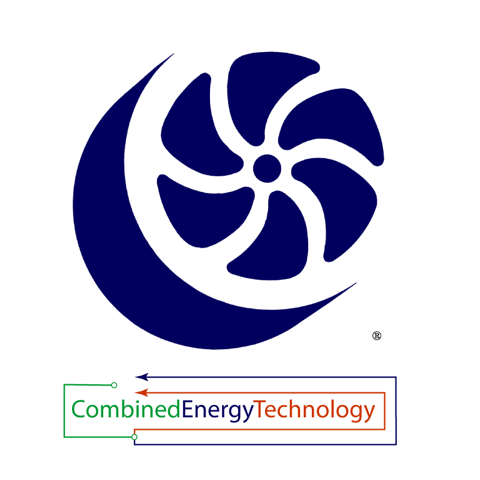FAQ
Frequently Asked Questions
Where is the Stirling CHP system ideal to use?
- Remote Locations
- Electrical grid connections for place like backwoods cabins, island houses, and remote hunting or fishing locations may prove to be too expensive or impossible to obtain. In these instances, our Stirling CHP system can provide both electrical and heat generation. During warmer months, when heat for space heating is not required, and water is sufficiently heated, the excess thermal energy can be released outside.
- Domestic Energy Supplementation
- The Stirling CHP system can provide supplemental electricity and heat to your existing electrical and heating systems, helping to reduce your overall energy bill. Electricity produced from the Stirling CHP system can be tied to the grid, or remain off grid.
- Landfills
- Landfill gas (LFG) is gas produced from landfills. LFG offers problems for typical internal combustion engines due to the amount of contaminants it carries. The robust burner of our Stirling CHP system can cleanly, and efficiently turn LFG into usable energy.
What can I power with the Stirling CHP system?
The electricity produced from your Stirling CHP system can be used to power items like a refrigerator, lights, and small electronics. The deep cycle battery system can power a modern refrigerator for up to a couple days on a full charge. This is particularly useful in the event of a power outage, as your Stirling CHP system will allow you the versatility to power multiple items, as well as utilize the deep cycle batteries even when the Stirling CHP system is not burning fuel.
What types of fuel can be used to operate the Stirling CHP system?
Currently, the Stirling CHP system can be powered by wood pellets; however, we are currently performing testing with small wood chips, saw dust, and rice husk.
Do I need a hopper?
Yes. The hopper that we have designed in conjunction with the Stirling CHP system automatically feeds fuel to the gasifier at the proper rate.
How much space is required for the Stirling CHP system?
The Stirling CHP system requires a 5’ x 8’ heat and weather protected space located outside of your home. Heat, water, and electricity are carried to your dwelling via electronically controlled valves in ducts and tubes.
Once your water tank has been brought up to temperature, the heat is used to heat your home.
How long is startup?
Approximately 1 hour.
How does the Stirling CHP system compare to a common 5kW Solar Power System?
The Stirling CHP system creates 24 kWh per day whereas a 5 kW Solar Power system produces approximately 20 kWh per day, on average, which is dependent upon average available local sunlight, of course.
Can the Stirling CHP system operate off-grid?
Absolutely! The Stirling CHP system can operate off-grid while supplying power to items like your appliances and lights or converting its 1 kW AC output to DC electricity and storing it, utilizing a lead crystal battery bank similar to those used in solar powered systems.
Can I use my current off-grid inverter?
Currently no. Until further beta testing is done, we currently require that our CHP system be used with a Victron Microgrid.
Can the Stirling CHP system operate grid tied?
Of course! The our Stirling CHP system can be operated in conjunction with net metering.
How often does the Stirling CHP system need to be refueled?
Wood pellets are automatically fed into the gasifier from the fuel hopper. The fuel hopper needs to be refilled every 24 hours during continuous operation.
What waste does the Stirling CHP system produce? How often does it require removal?
None! The Stirling CHP system produces biochar that currently must be removed every 12 hours. The biochar has been laboratory tested and has been proven to be an ideal soil amendment for horticulture and agriculture purposes.
Is the Stirling CHP system dangerous?
Absolutely not! There are over 7000 units in operation world wide with no reported accidents.
